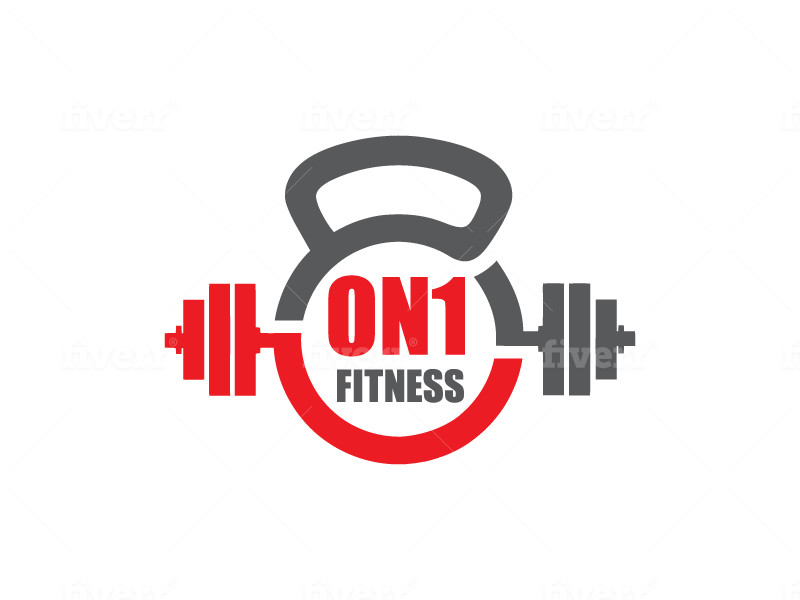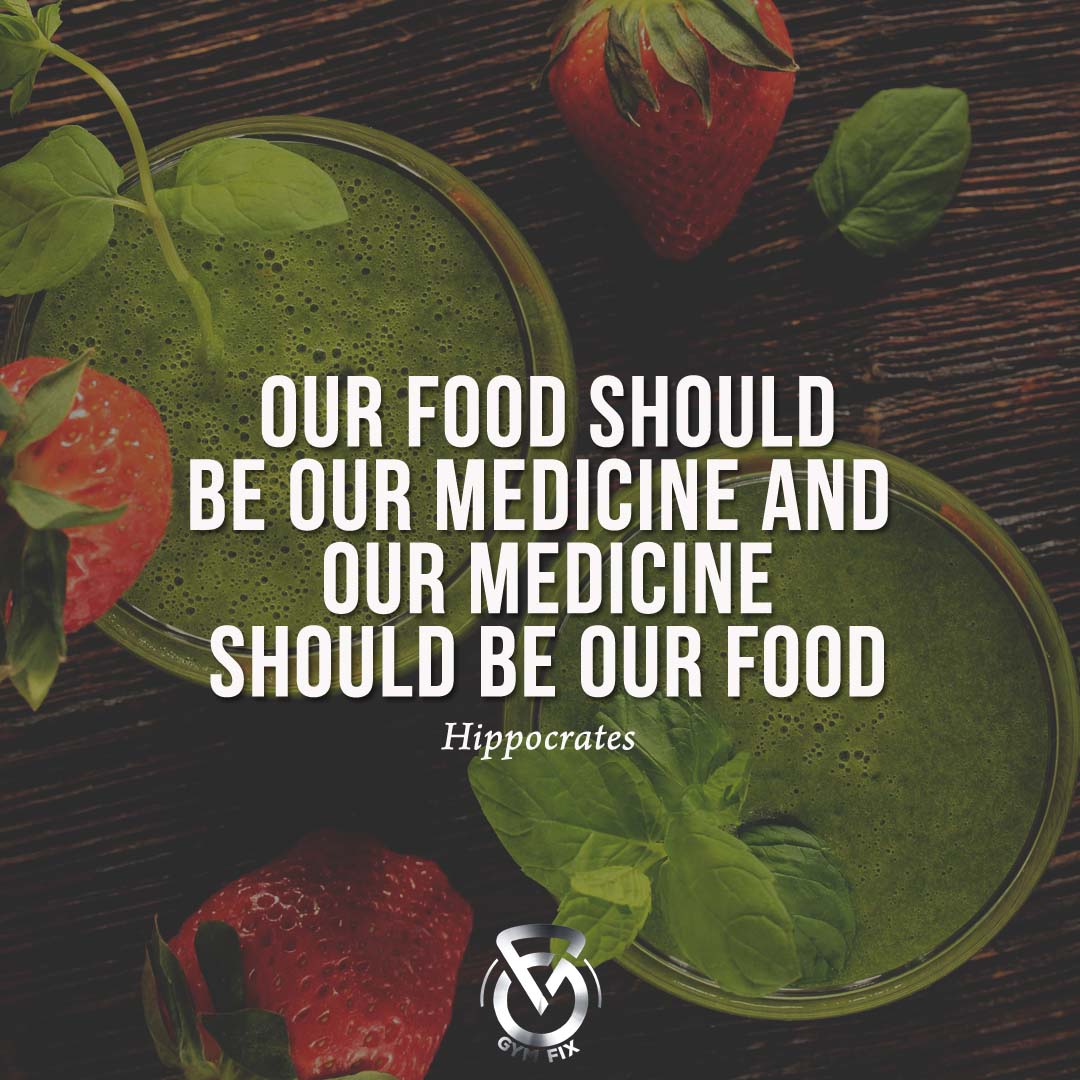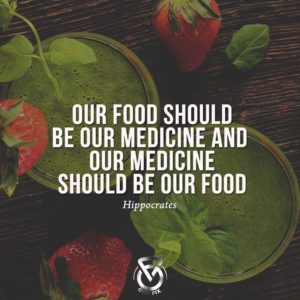What Is the Body Reset Diet?
The Body Reset diet claims it will allow you to “eat more, exercise less” through a jump-start program. The diet is targeted specifically at people who have already tried multiple different ways to lose weight—including “extreme diets” and “overdoing it at the gym”—but have failed.
The program includes three phases: Phase I, in which you consume nothing but smoothies and snacks; Phase II, in which you eat smoothies plus one meal and two snacks per day; and Phase III, in which you dial back your smoothies to one per day, plus two meals and two snacks. The diet also advocates for making good nutritional decisions, creating “structure” so that you’re not tempted to simply grab unhealthy snacks when you’re hungry, and becoming a more “efficient” eater by making your calories count.
The Body Reset diet might prompt some quick weight loss—its low initial calorie allotment would lead to that. It also emphasizes an exercise regimen that’s realistic, not idealistic. However, in the long-term, the diet is unlikely to work well, since it requires an emphasis on smoothies (which might not always be convenient).
What Experts Say
By drinking mostly smoothies for 15 days, the Body Reset diet promises to jump-start your metabolism and help shed pounds. While you’ll probably lose a little weight, experts agree you’ll likely gain it back when the diet ends. The plan is unsustainable and lacks long-term guidance.
Background
The Body Reset diet was developed by Harley Pasternak, an expert in nutritional sciences and exercise physiology and a best-selling author who also created the 5-Factor Diet. The basis of the diet is simple: kick-start your weight loss by eating mainly smoothies, and then settle into a healthier eating routine that includes those smoothies. Along with the lower-calorie eating plan, the Body Reset program includes an exercise plan: 10,000 steps per day plus some resistance training.
Pasternak initially published his book on the diet in 2013; it reached the New York Times bestseller list, and ultimately spawned a second book, The Body Reset Diet Cookbook, published in 2014.
Proponents of the diet love it and say it helped them to lose significant weight (many people claim to have lost 10 to 15 pounds in the diet’s first 15 days) without having to adopt radical changes in their lifestyles. Many particularly love the smoothies and the smoothie recipes contained in the book. However, critics say the diet is difficult to follow if you’re not at home all the time, with easy access to a blender. They also note that the Body Reset diet is similar in concept to various other mainly liquid diets.
How It Works
The Body Reset diet is divided into three phases. In the first five-day-long phase, you’ll be consuming smoothies and two small, low-calorie snacks, so you can expect to lose some weight. The second phase, which is five days long, adds one “solid” meal, but still consists mainly of smoothies and should continue your weight loss. The third phase dials back the smoothies to just one per day. After that, you’ll be in a maintenance phase, which allows two weekly “free” meals in which you can eat and drink whatever you want.
The diet also includes a fairly simple exercise program. In the first phase, you’ll walk a minimum of 10,000 steps per day. The second phase adds three days per week of resistance training and at least 10,000 steps. The third phase calls for five days per week of resistance training, plus at least 10,000 steps.
What to Eat
The diet stresses mainly low-fat foods, although it does include some healthy fat in the form of nuts, seeds, and avocado. It also stresses lean protein—leaning heavily on milk protein for its smoothies—and calories from high-fiber carbohydrates, which it says are “pretty much any fruit or vegetable you can name.” In Phases II and III of the diet, Pasternak stresses what he calls “S-meals”; S stands for “salads, sandwiches, soups, stir-fries, and scrambles.”
Compliant Foods
- Smoothies made to Body Reset recipes
- High-fiber fruits, especially: apples, pears, peaches, berries, kiwis, and oranges
- Nonfat milk (dairy and non-dairy) and plain nonfat Greek yogurt
- Nuts and seeds
- Lean meat, poultry, and fish
- Egg whites
- Whole grains
Non-Compliant Foods
- Lower-fiber fruit
- Candy
- Fried foods
- Chips and most crackers
- Fatty meats
- Restaurant meals
- Soda, juice, and other sugary beverages
- Highly refined grains
Body Reset Smoothies
Smoothies are the most important feature of the Body Reset system. They fall into three categories: white, red, and green; people following the diet consume a white smoothie for breakfast, a red smoothie for lunch, and a green smoothie for dinner.
The basic white smoothies include an apple, pear, or peach, a banana, a few almonds, milk, yogurt, and spices to taste. Red smoothies include berries, half an orange, one scoop of protein powder, and one tablespoon ground flaxseeds. Green smoothies include two cups of greens (spinach, kale, baby arugula, or romaine lettuce), one pear, 15 grapes, greek yogurt, two tablespoons avocado, and lime juice.
Six recipes are provided for each type of smoothie, although instructions also are included for substitutions (almonds instead of avocado, for instance, or tofu instead of Greek yogurt) if you want to make your own.
Fruits and Vegetables
In the Body Reset diet, it’s important to choose higher-fiber fruits and vegetables, especially for snacks. It’s also important to eat the skin of fruits such as apples and pears instead of peeling them. For snacks, the diet encourages eating apples, pears or peaches, instead of melon or bananas, which are lower in fiber.
In the later stages of the diet, which emphasizes healthy, lower-calorie entrees, possible recipes include vegetarian options, such as Lemon Quinoa with Spring Vegetables and Dijon Lentil Salad with Baby Spinach.
Milk and Yogurt
Pasternak believes that dairy products have gotten a bad reputation in recent years and that their poor reputation is undeserved. He notes that humans have been drinking milk for thousands of years and that it’s rich in protein, calcium, vitamin D, and other nutrients.
The Body Reset diet calls for nonfat milk every day in smoothies, often in combination with plain nonfat Greek yogurt. However, if you can’t have milk or prefer to avoid it, you can substitute non-dairy milk and other products.
Nuts and Seeds
Almonds play a starring role in the Body Reset diet: they’re used in small quantities to add healthy fat to smoothies, and the diet also recommends them as a snack food. Other nuts and seeds, such as walnuts and flaxseeds, are encouraged in small amounts.
Lean Meat, Protein, and Fish
The later phases of the Body Reset diet call for solid meals, many of which can feature moderate amounts of lean protein sources, such as steak, chicken, fish, and shrimp. For example, Chicken and Summer Squash Salad with Buttermilk Dressing includes around three ounces of chicken, and Ginger Shrimp with Swiss Chard and Bell Peppers includes around three ounces of shrimp.
Eggs
The Body Reset diet doesn’t recommend whole eggs, but many of its recipes feature egg whites. For example, Harley’s Potato-Pepper Easy Omelet includes five egg whites (or 10 tablespoons liquid egg substitute), and Herbed Cream Cheese Scramble features four egg whites/8 tablespoons liquid egg substitute, plus reduced-fat cream cheese.
Whole Grains
Popcorn is a great compliant snack in the Body Reset diet, and Pasternak recommends you always keep some low-fat popcorn on hand. Low-fat whole-grain crackers also are recommended. Any grain products should be whole grain; for example, burritos used for breakfast burritos should be whole wheat, and sandwich bread should be whole grain.
Recommended Timing
In Phase I, you will eat three smoothies (for breakfast, lunch, and dinner) plus two snacks. Phase II calls for two smoothies (breakfast and lunch), two snacks, and a solid dinner. Phase III calls for a smoothie for breakfast, two solid meals, plus two snacks.
Pasternak makes a point to say that grazing throughout the day—as opposed to gorging on two or three large meals—can help to keep your blood sugar constant, possibly leading to less hunger. However, you should expect to feel hungry, especially in the first two phases of the diet.
Resources and Tips
A good blender is critical to success on the Body Reset diet, so it’s important to choose the correct blender. The diet calls for blending over juicing for several reasons: blenders are easier to operate and to clean, juicing requires more produce to achieve the same volume of food; and blenders utilize all the fibrous parts of the fruits and vegetables, which contain most of the nutrients. Juices also contain too much sugar relative to fiber.
Although the smoothie recipes can be modified for any blender, the Body Reset diet recommends a blender that:
- operates at a minimum of 500 watts, so that there’s enough power to blend harder produce and nuts (a blender that can grind seeds or cacao beans is a bonus)
- includes a large pitcher and a heavy base
- has a design that’s easy to clean
If you have a less powerful blender, you may need to modify some recipes. For example, start with slivered almonds instead of whole nuts, and use pre-ground flaxseed instead of whole flaxseed.
Pros and Cons
Pros
- Diet emphasizes fresh fruits and vegetables
- Fairly simple to follow
- Program focuses on low-fat, high-fiber foods
- Exercise is an essential component
Cons
- Diet is restrictive, especially first five days
- Preparation of required smoothies is time-consuming
- Smoothies may not be palatable to everyone
- Diet isn’t sustainable
Pros
Lots of Fruits and Vegetables
The Body Reset diet emphasizes fresh fruits and vegetables, which are prized for their nutrients The Body Reset diet doesn’t recommend whole eggs, but many of its recipes feature egg whites. For example, Harley’s Potato-Pepper Easy Omelet includes five egg whites (or 10 tablespoons liquid egg substitute), and Herbed Cream Cheese Scramble features four egg whites/8 tablespoons liquid egg substitute, plus reduced-fat cream cheese.
Popcorn is a great compliant snack in the Body Reset diet, and Pasternak recommends you always keep some low-fat popcorn on hand. Low-fat whole-grain crackers also are recommended. Any grain products should be whole grain; for example, burritos used for breakfast burritos should be whole wheat, and sandwich bread should be whole grain.
In Phase I, you will eat three smoothies (for breakfast, lunch, and dinner) plus two snacks. Phase II calls for two smoothies (breakfast and lunch), two snacks, and a solid dinner. Phase III calls for a smoothie for breakfast, two solid meals, plus two snacks.
Pasternak makes a point to say that grazing throughout the day—as opposed to gorging on two or three large meals—can help to keep your blood sugar constant, possibly leading to less hunger. However, you should expect to feel hungry, especially in the first two phases of the diet.
A good blender is critical to success on the Body Reset diet, so it’s important to choose the correct blender. The diet calls for blending over juicing for several reasons: blenders are easier to operate and to clean, juicing requires more produce to achieve the same volume of food; and blenders utilize all the fibrous parts of the fruits and vegetables, which contain most of the nutrients. Juices also contain too much sugar relative to fiber.
Although the smoothie recipes can be modified for any blender, the Body Reset diet recommends a blender that:
- operates at a minimum of 500 watts, so that there’s enough power to blend harder produce and nuts (a blender that can grind seeds or cacao beans is a bonus)
- includes a large pitcher and a heavy base
- has a design that’s easy to clean
If you have a less powerful blender, you may need to modify some recipes. For example, start with slivered almonds instead of whole nuts, and use pre-ground flaxseed instead of whole flaxseed.
Pros
- Diet emphasizes fresh fruits and vegetables
- Fairly simple to follow
- Program focuses on low-fat, high-fiber foods
- Exercise is an essential component
Cons
- Diet is restrictive, especially first five days
- Preparation of required smoothies is time-consuming
- Smoothies may not be palatable to everyone
- Diet isn’t sustainable
Lots of Fruits and Vegetables
The Body Reset diet emphasizes fresh fruits and vegetables, which are prized for their nutrients
and fiber. Fruits and vegetables are an essential part of a healthy diet—the U.S. Department of Agriculture, in its MyPlate nutritional guidelines, urges consumption of nearly half your daily calories from vegetables and fruits. The Body Reset diet should get you that allotment since fruits and vegetables are primary components of its smoothies and of its “solid” meals.
Simple to Follow
There’s a little bit of calorie-counting in the Body Reset diet, but not much: you just need to make sure your snacks come in around 150 calories each (and the diet blueprint gives you helpful suggestions to get you there). Beyond that, you just need to stick with the relatively simple program of smoothies, snacks, and (when allowed) meals.
Low-Fat, High-Fiber
When you’re trying to lose weight, you’ll consume fewer calories by focusing on lower-fat foods. It’s easy to switch to skim milk and fat-free Greek yogurt, as the Body Reset diet calls for. In addition, the diet emphasizes getting enough fiber… and fiber is critical for keeping your digestive system running smoothly. It may also help lower your risk of certain cancers.
Exercise
The Body Reset diet may claim it allows you to “eat more, exercise less,” but in truth, it calls for a fair amount of exercise—10,000 steps a day. That’s five miles of walking. In addition, it also calls for resistance training, which will help you build muscle. All in all, the diet does emphasize exercise, which is a good thing.
Cons
Restrictive Diet
Don’t be surprised if you’re seriously hungry, especially during the first five days of the diet. Since you’ll only be consuming three smoothies plus two 150-calorie snacks, in total you’ll be getting fewer than 1,200 calories a day, which isn’t very much.
Time-Consuming Preparation
Smoothies aren’t difficult to make. But you may find that blending up two or three of them takes quite a bit of time, especially since you’ll need to clean your blender after each one. You may also find the diet is inconvenient since the smoothies will need to be kept refrigerated.
Possibly Unpalatable
Pasternak makes a serious effort to make the smoothies tasty and offers variations of ingredients and spices. However, not everyone will enjoy a smoothie made with Swiss chard and protein powder. To succeed on the Body Reset diet, you’ll need to like (or at least tolerate) all the different types of smoothies.
Unsustainable
It’s likely you’ll lose weight during the 15-day cycle of the Body Reset diet. However, once you go back to eating normally, you may regain some or all of the weight back, or even more. Pasternak recommends various lifestyle changes at the end of that 15-day “reset” that could help you maintain your weight loss. He also recommends returning to Phase I or Phase II for additional “resets.”
How It Compares
The Body Reset diet is similar in concept to other liquid protein or smoothie diets, and likely will lead to similar results. However, it falls short when you consider USDA’s MyPlate guidelines on a healthy diet and secrets to healthy weight loss.
The 2019 U.S. News and World Report Best Diets list ranks the Body Reset diet number 40 in Best Diets Overall and gives it an overall score of 2/5.
USDA Recommendations
Food Groups
The Body Reset diet does emphasize fruits and vegetables, as does the USDA. However, the diet—particularly in its first five days—does not offer enough whole grains, and likely will lack in protein compared to USDA recommendations.
Calories
For safe, slow weight loss, experts typically recommend consuming 1,500 calories per day, however, that amount can vary based on height, weight, and age. The first five days of the Body Reset diet will be well below that—in the range of 1,000 to 1,200. The second five days of the diet likely will provide you with close to 1,500 calories. To find your individual calorie needs, use this weight-loss calculator.
Top of Form
Similar Diets
The Body Reset diet is one of many diets that require you to drink only milkshakes, protein shakes, or smoothies for a given period of days. Most of these diets have similar pros and cons. For example, their meal plans (or shake plans) generally skimp on protein and healthy fat.
The Smoothie Diet
The 21-Day Smoothie diet, developed by Drew Sgoutas, calls for two smoothies per day plus a meal. As with the Body Reset diet, the smoothies contain mainly fruits and vegetables, combined with low-fat protein and some healthy fats. This makes it line up almost perfectly with Phase II of the Body Reset diet. Although the two diets vary in length—21 days versus 15 days—you’re likely to find that they work about the same, with weight loss that may not be sustainable.
The SlimFast Diet
You’re probably familiar with SlimFast shakes and bars, which are sold at most grocery stores and drug stores. The SlimFast diet calls for consuming two shakes per day, along with three snacks and one small meal. As with the Smoothie Diet, this makes the SlimFast diet quite similar to Phase II of the Body Reset diet. Again, you’ll likely lose weight while following the SlimFast diet, but you’ll probably gain some or all of it back once you revert to normal eating.
A Note from Gym-Fix
You’re likely to lose weight with the Body Reset diet. However, you won’t be getting all the nutrients you need—particularly protein and healthy fats—especially in the first phase of the diet. In addition, you’re unlikely to feel that you’re “eating more, exercising less,” which is what the diet claims. In fact, you’ll probably feel as if you’re not eating much at all while walking and working out pretty constantly.
If you decide to try the diet, make sure to follow Pasternak’s recommendations for getting enough fiber. In addition, his recommendations and recipes “smoothies, stir-fries, scrambles, salads, and soups” could form the basis of a healthy eating plan going forward, even without the three-phased reset program.



